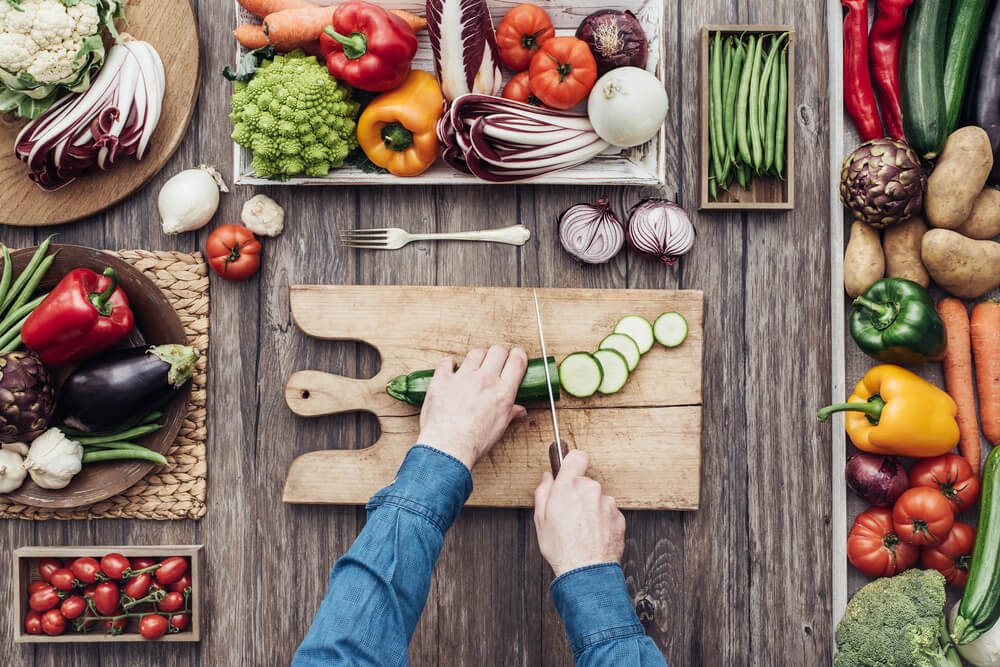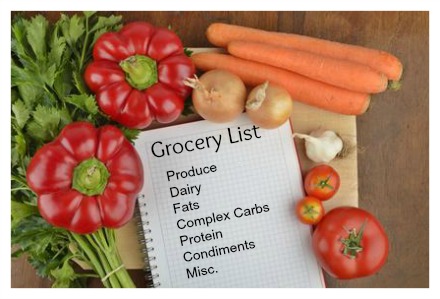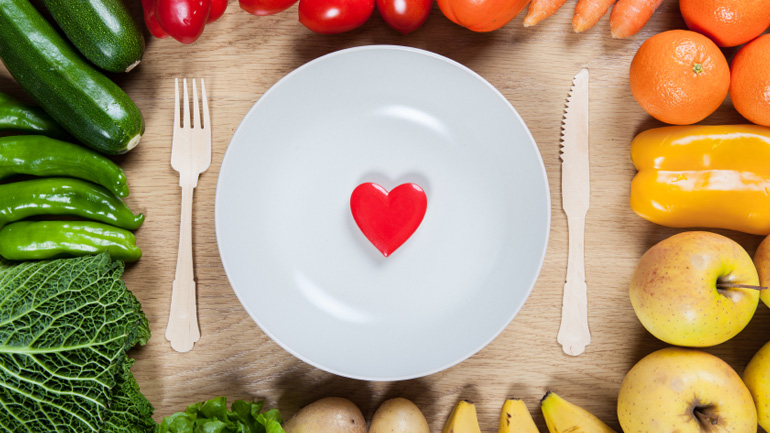Healthy Eating Tip No. 1: Switch to 100% whole-wheat or whole-grain bread.
Just switching to whole grains from refined grain products benefits your body about 10 different ways, from lengthening your life span to helping control weight to reducing your risk of type 2 diabetes, heart disease, stroke, and cancer.
Every sandwich made with 100% whole wheat bread instead of white bread, for example, adds about 4 grams of fiber along with an assortment of vitamins, minerals, and phytochemicals.
Healthy Eating Tip No. 2: Use mustard on sandwiches instead of mayo.
Mayonnaise or mayo-based spreads are one of the worst condiment choices because they’re usually high in calories, fat grams, and omega-6 fatty acids.
Every sandwich made with a teaspoon of mustard instead of a tablespoon of mayonnaise, for example, trims 100 calories, 11 grams of fat, 1.5 grams saturated fat, and 7.2 grams omega-6 fatty acids from your daily total.
Healthy Eating Tip No. 3: Make your oatmeal with skim or 1% milk instead of water.
Whether you prefer instant or regular oatmeal, this simple step will boost the protein and calcium in your breakfast. Using 2/3 cup of skim milk instead of water adds 6 grams of quality protein, 255 milligrams (mg) potassium, 205 mg calcium, 14% of the Recommended Dietary Intake for vitamin B-12, and 67 international units (IU) of vitamin D.
Healthy Eating Tip No. 4: Add a little ground flaxseed to yogurt and smoothies.
Do this every time you reach for a yogurt or order a smoothie. Adding 2 tablespoons of flaxseed adds 4 grams of fiber, 2.4 grams of healthy plant omega-3s fatty acids, and some healthy phytoestrogens (lignans) to your snack.
Healthy Eating Tip No. 5: Use spinach leaves instead of iceberg lettuce in salads.
A 4-cup serving of raw spinach leaves has 20 milligrams of omega-3s, 9800 IU vitamin A, 5,890 micrograms (mcg) of beta-carotene, 260 mg potassium, 26 mg Vitamin C, 150 mcg folic acid, 2 mg vitamin E, and 68 mg calcium more than the same-size serving of iceberg lettuce.
Healthy Eating Tip No. 6: Drink unsweetened tea instead of sweetened tea or soda.
A serving of bottled or canned sweetened tea, sweetened tea from a restaurant, or soda has about 140 calories and 32 grams of sugar per 12-ounce serving. Switching to unsweetened tea can save 7,840 calories and 448 teaspoons of sugar per month if you drink about 2 servings of soda or sweetened tea a day.
Healthy Eating Tip No. 7: Order broiled or grilled fish instead of steak when dining out.
Eating fish a couple times a week will pump heart-healthy fish omega-3s into your diet. If the fish replaces a steak, you’ll also be dramatically reducing the amount of saturated fat in the meal.
The typical 8-ounce T-bone steak served at a restaurant (with 1/8-inch trim) has 635 calories, 17 grams saturated fat, and 140 mg of cholesterol – not including any fat added during cooking or as a garnish. The typical 4-ounce broiled salmon filet served at a restaurant has 206 calories, 9 grams fat, 1.4 grams saturated fat, 80 mg of cholesterol and 2.5 grams of omega-3s. Switching to fish trims 16 grams of saturated fat while adding 2.5 grams of omega-3s.
Healthy Eating Tip No. 8: Have pasta with tomato-based sauce instead of white sauce.
Butter or cream-based white pasta sauce (like Alfredo) is loaded with saturated fat and calories. Tomato-based sauce (like marinara) is generally lower-fat and also adds antioxidants and healthy phytochemicals.
Healthy Eating Tip No. 9: Order your sandwich or entrée with fruit or fresh veggies instead of fries or chips.
French fries or potato chips typically come with many of our favorite restaurant entrees. But most of the time you can substitute a side of fruit or fresh vegetables for the fries; you just have to ask for it.
Each time you order a side of fruit or vegetables instead of French fries, you shave around 350 calories and 18 grams fat (5 or more of which are saturated). You’ll also add 3 grams of fiber and an assortment of antioxidants.
Healthy Eating Tip No. 10: Order coffee drinks with skim milk – and skip the whip.
Many people treat themselves to a daily frothy coffee drink in the fall and winter, and when the days turn warmer, they trade in their lattes in for an iced or blended coffee drinks. Ordering your daily coffee treat with skim milk instead of whole lets you keep what’s nutritionally great about milk (good-quality protein, calcium and vitamin B-12) while cutting calories and fat grams. Skip the “whip” the baristas squirt generously on top, and you’ll save even more calories and fat.
A typical 16-ounce mocha latte contains about 360 calories and 19 grams fat, 10 of which are saturated fat. Order it with skim milk and no whip and it’s down to about 220 calories, 2.5 grams fat and .5 grams saturated fat.
Healthy Eating Tip No. 11: Switch your sugary breakfast cereal to a whole grain, lower-sugar type.
If you routinely eat cereal for breakfast, switching to a higher-fiber, lower-sugar variety could have a huge effect on your health.
If you have cereal 5 times a week, choosing a cereal like Post Grape-Nuts Flakes (3.4 grams of fiber and 19% calories from sugar) or Quaker Oatmeal Squares (5 grams of fiber and 19% calories from sugar) instead of a sugary cereal like Froot Loops will give you 17 extra grams of fiber while cutting more than 6 teaspoons of sugar each week.
(Elaine Magee, MPH, RD, is the “Recipe Doctor” for WebMD and the author of numerous books on nutrition and health. Her opinions and conclusions are her own.)





